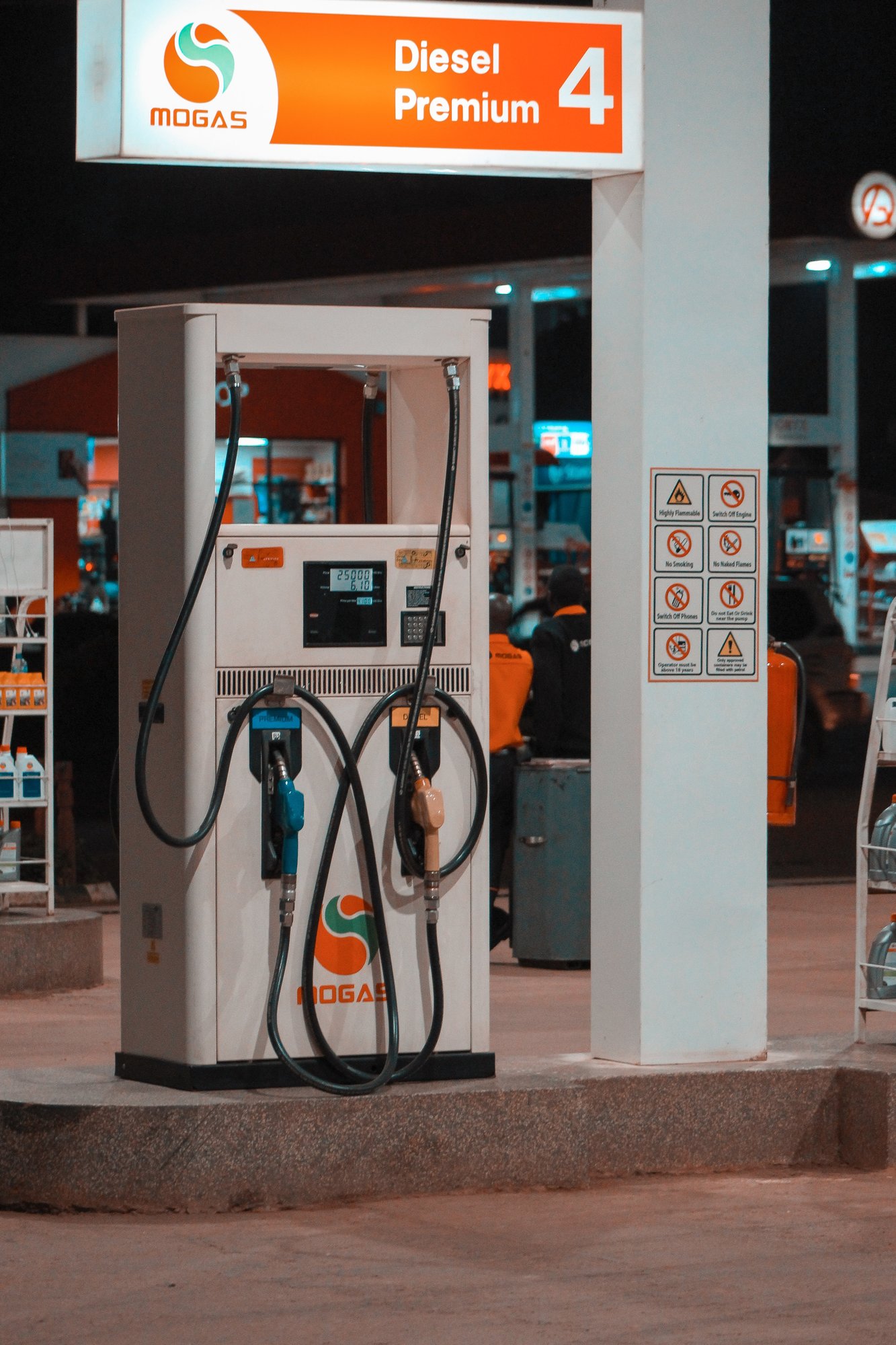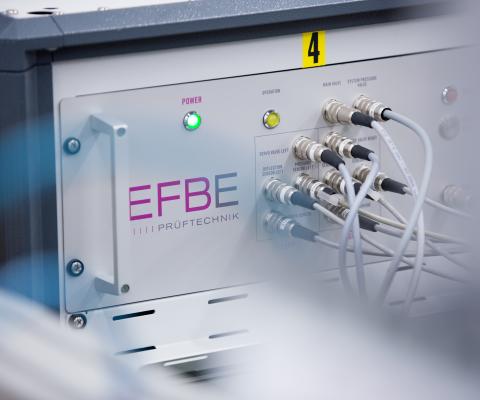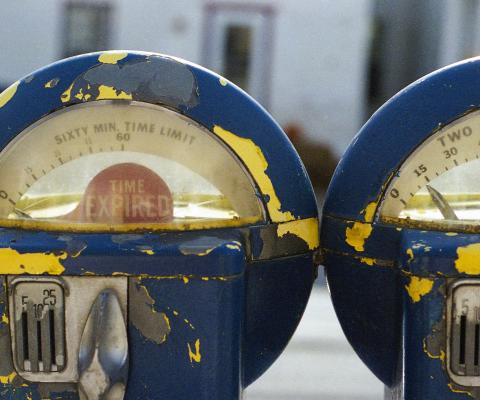No matter what kind of business you’re in, the cost of fuel probably has a significant impact on your bottom line. If deliveries are mission-critical for your company, volatile fuel costs pose a particularly worrisome threat to your profitability. And even when fuel prices are relatively stable, fuel is a major expense that limits what your business can achieve.

The good news is that for many companies, reducing or eliminating your reliance on fuel is easier than you might think. The rise of e-powered mobility devices—particularly cargo-ready e-bikes—has made it possible for many workers to skip the gas station altogether. Plugging in instead of filling up can cut your operating costs while reducing your vulnerability to fuel price changes.
Wondering how much your business could save by switching to e-bikes? Read on to learn more.
The Low Cost of E-Bike Charging
E-bike batteries are remarkably cheap to charge. A typical e-bike battery requires about 400 Wh of energy for a full charge. In December 2019, the average cost for commercial electricity in the United States was 10.31 cents/kWh. That means a full charge costs just under a nickel on average (actual charging costs depend on geographic location, on-peak vs. off-peak charging, type of energy source, and more).
How far you can go for that 4-5 cents depends on what kind of e-bike you’re using, the rider and cargo weight, the level of e-assist used, and many other factors. But if you’re using an e-bike with a quality e-assist system, you can expect to travel about 40 miles on a single charge (assuming you’re carrying light cargo like prepared foods).
That means the cost to power your e-bike is about 1/10 of a penny per mile. To put that in context, the fuel costs for a medium sedan are about 9.27 cents per mile—that’s close 100 times as much per mile! Even the most fuel-efficient gas-powered scooters require 2 or 3 cents worth of fuel per mile, an order of magnitude more than an e-bike.

How Much Could Your Business Save?
How much switching to e-bikes can save you on fuel depends on 1) what kind of vehicles you’re replacing and 2) how much you use the e-bikes.
Let’s take a look at how energy costs for e-bikes compare to other vehicles. We’ll assume the vehicles are being driven or ridden for 48 miles per day. That’s six miles for each hour of an eight-hour shift—not unreasonable for a company that offers last-mile delivery.
| Daily Energy Costs (48 mi/day) | ||||
|---|---|---|---|---|
| E-Bike | Electric Scooter (Moped) | Gas-Powered Scooter (125 cc) | Medium Sedan | Cargo Van |
| $0.05 | $0.191 | $1.192 | $4.453 | $8.264 |
1Assumes dual 1.3 kWh battery packs, range of 68 mi, and electricity cost of 10.31¢/kWh.
2Assumes fuel efficiency of 90 mpg and gas price of $2.237/gallon.
3From AAA, Your Driving Costs, 2019.
4Assumes fuel efficiency of 13 mpg and gas price of $2.237/gallon.
Other Savings from Switching to E-Bikes
Of course, fuel isn’t the only cost you’ll be cutting when you switch to e-bikes. Parking, storage, insurance, and depreciation costs are all far lower for e-bikes than for cars. Depending on where your business is located, you may also save on congestion charges. Check out this article for a more detailed discussion of how much you could save overall.

And don’t forget, some savings are hard to measure in dollars. Replacing cars with e-bikes can cut CO2 emissions by 75% or more, saving several kgs of carbon emissions per year. And in the long run, what’s good for the planet is also good for business.
Interested in learning how businesses like yours can benefit from e-bikes? Get in touch.








